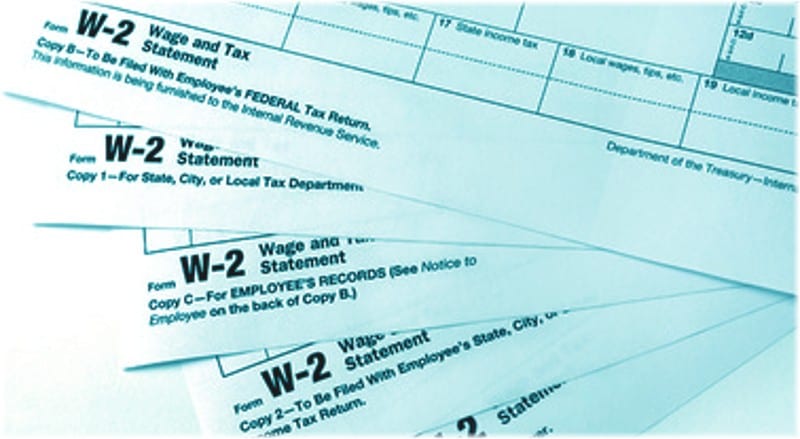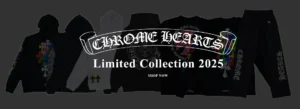
When tax season rolls around, business owners and employees alike often turn their attention to the details on their W-2 forms. One line that may prompt questions is related to Section 125 on w2. Though it may seem like just another tax code reference, understanding how Section 125 benefits are reported can have a significant impact on both accurate tax filing and maximizing potential savings.
At Renaissance Advisory, we believe in helping businesses and employees navigate the tax landscape with clarity. In this blog, we’ll break down what Section 125 on W2 means, why it matters for your tax reporting, and how implementing a Section 125 plan benefits your organization as a whole.
What Is Section 125?
Section 125 of the IRS tax code refers to Cafeteria Plans, which allow employees to pay for certain benefits pre-tax. These benefits often include:
- Health insurance premiums
- Dental and vision coverage
- Dependent care assistance
- Flexible Spending Accounts (FSAs)
- Health Savings Accounts (HSAs)
The key benefit of a Section 125 plan is that it enables employees to use pre-tax dollars for these expenses, reducing their overall taxable income and, in turn, their federal income tax and FICA liability. For employers, this also leads to reduced payroll taxes, making it a win-win situation.
Where Does Section 125 Appear on the W-2?
While the actual deduction for Section 125 benefits doesn’t show as taxable income, its presence—or absence—is still essential. Here’s where it becomes relevant:
- Box 1 – Wages, Tips, and Other Compensation:
Contributions to a Section 125 plan are excluded from this box because they’re not considered taxable wages for income tax purposes. - Box 3 and Box 5 – Social Security and Medicare Wages:
These may or may not include Section 125 contributions, depending on the plan’s structure. For example, premium-only plans typically exclude these amounts, while certain benefits like group-term life insurance over $50,000 may be included. - Box 14 – Other:
Sometimes, employers voluntarily list Section 125 deductions here for informational purposes, although it’s not required. This can help employees understand how much was deducted under their cafeteria plan.
Knowing how to interpret this information is crucial during tax filing to ensure accurate reporting and prevent underreporting or overreporting of taxable income.
Why Is Section 125 on W2 Important?
Let’s explore why this small notation plays a big role:
1. Avoiding Tax Filing Errors
Misreporting income can lead to discrepancies with IRS records. If an employee is unaware that their pre-tax contributions under a Section 125 plan are already excluded from taxable wages, they might incorrectly report their income, potentially resulting in underpayment penalties or missed deductions.
2. Clarifying Benefits Usage
Employers sometimes use Box 14 to inform employees of their Section 125 deductions. While not mandatory, this transparency can help employees understand their benefits usage and the tax advantages they’re receiving.
3. Audit Trail for Pre-Tax Deductions
For businesses, accurate representation of Section 125 on W2 forms acts as a compliance measure. If the IRS audits your payroll records, clear documentation of pre-tax contributions can demonstrate proper adherence to tax law.
4. Ensuring Eligibility for Other Tax Credits
Some tax credits, like the Earned Income Tax Credit (EITC), depend on the total taxable income. Since Section 125 deductions reduce that amount, accurate W2 reporting ensures employees don’t mistakenly disqualify themselves from additional savings.
Common Misunderstandings About Section 125 on W2
Even seasoned HR professionals can overlook the nuances of how a Section 125 plan impacts W-2 reporting. Here are a few common myths:
- “All pre-tax deductions show up on the W2.”
Not necessarily. Many Section 125 deductions don’t appear explicitly unless your employer lists them in Box 14 for clarity. - “If it’s not listed, I didn’t benefit from it.”
False. Employees often benefit from these plans even if they don’t realize it, because they pay less in taxes over the year. - “It’s better to have these benefits post-tax for transparency.”
Paying post-tax eliminates the key advantage of a Section 125 plan—reducing taxable income.
At Renaissance Advisory, we guide clients through how to structure their Section 125 offerings to ensure tax efficiency without confusion.
Benefits of Offering a Section 125 Plan
While W2 reporting is essential, it’s only one piece of the puzzle. A well-structured Section 125 plan provides a number of tangible benefits for businesses and employees alike.
For Employers:
- Lower payroll taxes due to reduced employee taxable wages
- Enhanced benefits package for recruitment and retention
- Compliance and documentation support when structured correctly
For Employees:
- Reduced taxable income, leading to larger paychecks
- Tax-free spending on essential healthcare and dependent care
- Greater awareness and control over benefit options
Implementing a plan doesn’t have to be complicated. At Renaissance Advisory, we offer tailored Section 125 plan setup and compliance strategies to ensure both employers and employees enjoy the full advantages without stress or confusion.
How Renaissance Advisory Can Help
Navigating W2 reporting, pre-tax deductions, and IRS regulations can be overwhelming—especially for small to mid-sized businesses that lack internal HR or accounting departments.
At Renaissance Advisory, we specialize in helping businesses:
- Design compliant, efficient Section 125 plans
- Educate employees on how to maximize their benefits
- Ensure accurate W-2 reporting for all pre-tax deductions
- Minimize employer tax liability while enhancing employee satisfaction
We believe that strategic tax planning isn’t just about cutting costs—it’s about creating a workplace where employees feel valued and businesses thrive financially. Section 125 plans are a key part of that puzzle.
Final Thoughts
Understanding Section 125 on W2 isn’t just a technical requirement—it’s a window into how your company handles employee benefits and tax savings. Accurate reporting of pre-tax deductions ensures compliance, avoids costly errors, and helps both employees and employers maximize financial efficiency.
Whether you’re looking to implement a new Section 125 plan or simply want to ensure your W-2s are in compliance, Renaissance Advisory is here to guide you every step of the way.
Let’s make tax season simpler—and smarter.
Need help with your Section 125 plan or W2 reporting?
Reach out to Renaissance Advisory and discover how to turn tax complexity into tax strategy.





